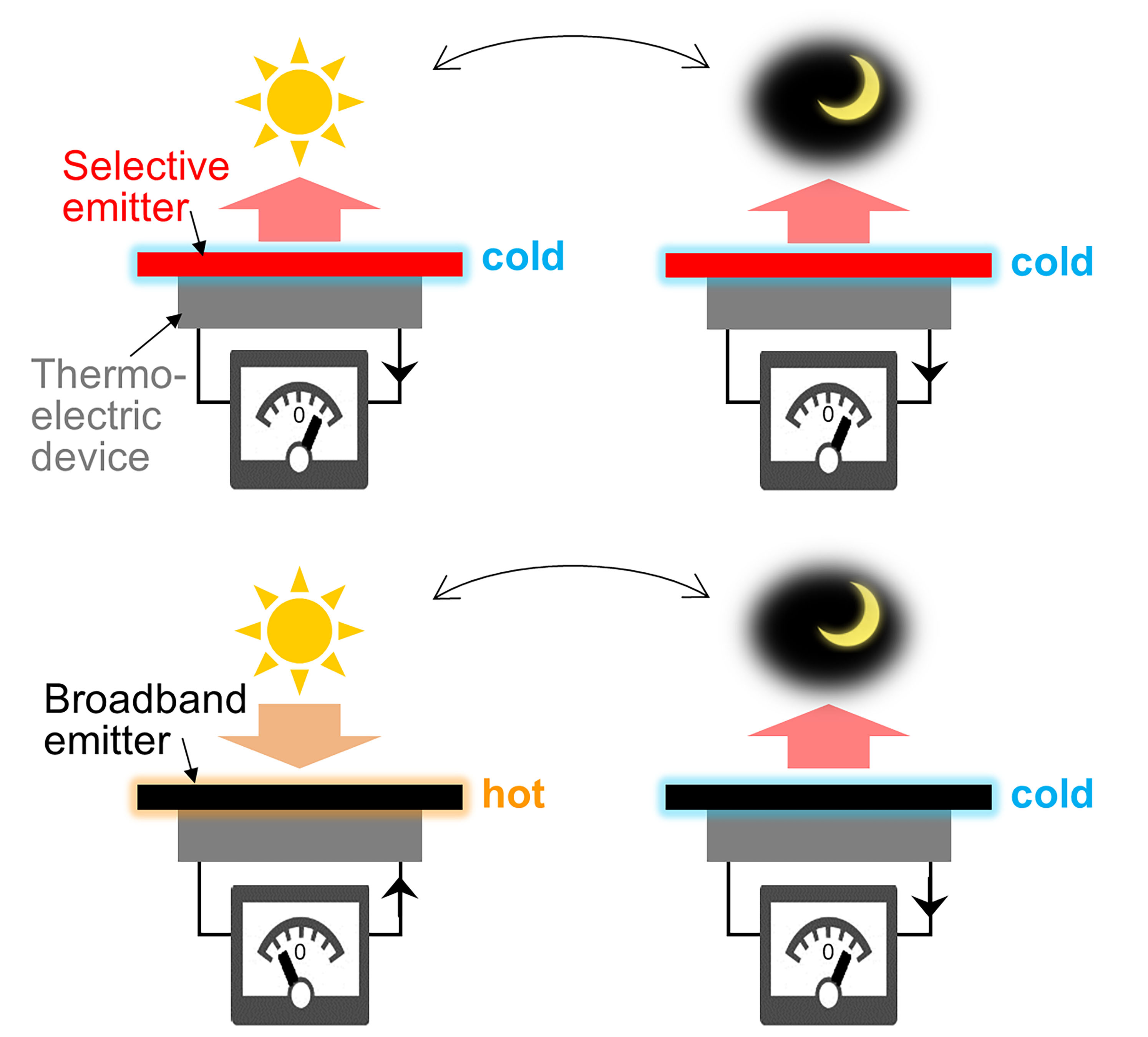Abstract Biomass gasification is a commonly used thermochemical process from which a wide diversity of commodities can be generated. Meanwhile, biomass gasification, producer gas cleaning, and heat and power generation present several technology constraints. Therefore, to endorse the exploitation of…
Tag: Power Generation
Dynamic reconfiguration of photovoltaic array for minimizing mismatch loss
Abstract Mismatch conditions owing to different internal and external factors, such as partial shading and module defects, can directly degrade the power generation of distributed photovoltaic arrays. In this study, a reconfiguration solution called multiple switching matrices is proposed to…
Multi-criteria decision-making for techno-economic and environmentally sustainable decentralized hybrid power and green hydrogen cogeneration system
Abstract For global sustainable development, supplying reliable, clean and affordable energy to all is critical. Also to achieve the stringent carbon emission reduction target, the global energy transition is towards increasing the renewable share of total power generation. As renewable resources are intermittent,…
Impacts of energy-saving and emission-reduction on sustainability of cement production
Abstract How energy saving and emission reduction measures influence the interrelationship between carbon emissions and environmental sustainability of cement industry is not very clear, and this could lead to trade-off. This study investigates effects of three representative energy saving and…
Optimized agrivoltaic tracking for nearly-full commodity crop and energy production
Abstract As the global population accelerates toward a full earth scenario, food, energy, and water demands will increase dramatically. The first order constraints that face resource generation technologies, such as static land availability, compound into second order challenges such as…
GW Experts on Energy Grid Resiliency After Texas Ice Storm
Thousands of people across the state of Texas were still without power early Friday after an ice storm hit the state and parts of the U.S. South this week. Local officials are attributing the outages to frozen equipment and ice-burdened…
A fresh look at restoring power to the grid
Sandia National Laboratories computer scientists have been working on an innovative computer model to help grid operators quickly restore power to the grid after a complete disruption, a process called “black start.
Power Player: Engineering professor researches how to keep America’s lights on
Ning Zhou from Binghamton University, State University of New York received a National Science Foundation (NSF) CAREER Award to provide a 21st-century vision for power systems.

Cooling Mechanism Increases Solar Energy Harvesting for Self-Powered Outdoor Sensors
Thermoelectric devices, which use the temperature difference between the top and bottom of the device to generate power, offer some promise for harnessing naturally occurring energy. In Applied Physics Letters, authors tested a device made up of a wavelength-selective emitter that constantly cools the device during the day using radiative cooling. As a result, the top of the device is cooler than the bottom, causing a temperature difference that creates constant voltage through day and night and various weather conditions.